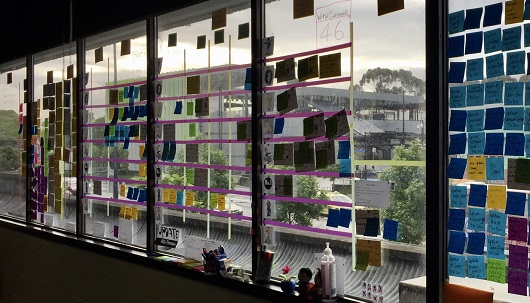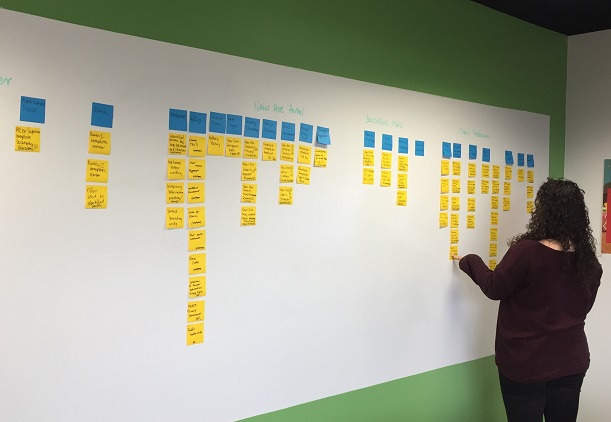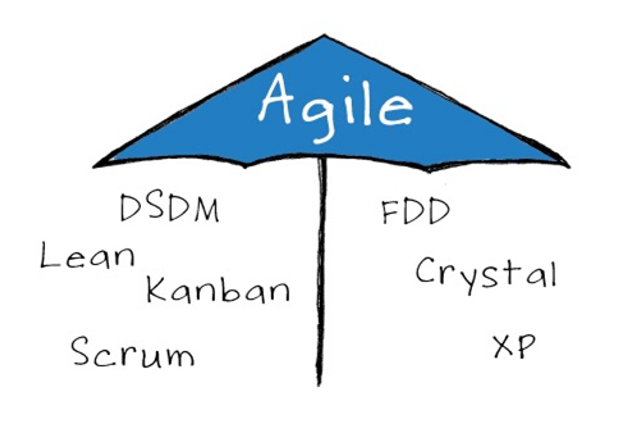A rambling post of thoughts for you.
For a few years there has been talk of the “five horsemen” of tech – Apple, Facebook, Amazon, Google, and Microsoft. The opinion of having Microsoft included has varied over time the final number doesn’t matter, these five organisations are massive – in terms of impact, revenue, employees and valuation.
In fact they are the largest in the US stock market! What a change. In 1996 (20 years ago) the five largest companies were – General Motors, Ford Motor, Exxon Mobile, Wal-Mart Stores and AT&T. Even ten years ago the list had not changed a lot – Exxon Mobile, Wal-Mart Stores, General Motors, Chevron Corporation and Ford Motor. Today the top spots are filled with technology based companies.
(It is not just US companies – Alibaab is a valuation of $210b with approximately $16b in cash.)
Today I was listening to TWIT’s episode “Headless Body in Topless Bar” where the discussion continued and what struck me was the impact these five companies are (and will in the next decade) have on our lives and the workplace.
The impact is and will be profound – they are all shaping today’s workforce and tomorrow’s. Be it through smartphones, collaboration, social media, retail, search, machine learning, logistics and artificial intelligence. Yes Microsoft might be replaced by a Telsa/SolarCity (or another) but the fact still remains technology and the companies that create it are defining the modern era.
Some initial thoughts – What is the impact of these technologies on your workplace? Are you embracing them?
It must of been the recent earnings announcements from many of the five, as Jason Calacanis today published an interesting piece on what the five could be also doing on the M&A front. As he states it is pure speculation based on a tweet, but the results are interesting.
Jason talks about how poker players act differently depending on the size of their stack. When you have a lot of money the game you play is very different to when you don’t. Just look at the “stack size” of the “five horseman” and then their M&A activity compared to some “traditional” companies:
Tech companies that are wildly deep-stacked right now:
1. Apple $200b+ in cash/equivalents, $593B valuation
2. Google $75b+ in cash/equivalents, $551B valuation
3. Amazon $16b+ in cash/equivalents, $366B valuation
4. Facebook $23b+ in cash/equivalents, $362B valuation
5. Microsoft $105b+ in cash/equivalents, $457B valuation
6. Cisco $60b+ in cash/equivalents, $157B valuation
Those six companies have $470b+ in cash/equivalents and $2.5t in market cap.
Zuckerberg has been the master of acquisitions in the past couple of years, having the audacity to pay $22b for WhatsApp and $2b for a *pre-customer* Oculus. Think about that for a moment. Zuck paid $2b for a company without a market, and that may take a decade to have 100m users — if that ever happens!
And look what just happened. Unilever, GM and Walmart just sat down at the big game and shot the locks off their wallets:
1. Unilever bought Dollar Shave Club for $1b
2. GM bought Cruise for a rumored $1b+
3. Walmart is buying Jet.com for $3b
4. Verizon is buying Yahoo for $4.83b
Jason goes on to review a few companies who are the most desirable to deep staked players aka “five horseman” and some companies “wanting” to sell.
Interesting in both lists are two enterprise software vendors – Slack (desirable), and Zenefits (“wanting” to be sold).
Finally have a think about your workforce. Is your talent pool deep-stacked? Can you use that talent to out maneuver your competition? Can you make bets like Facebook’s $22b for WhatsApp or are your stuck with buying Jet.com for $3b?






